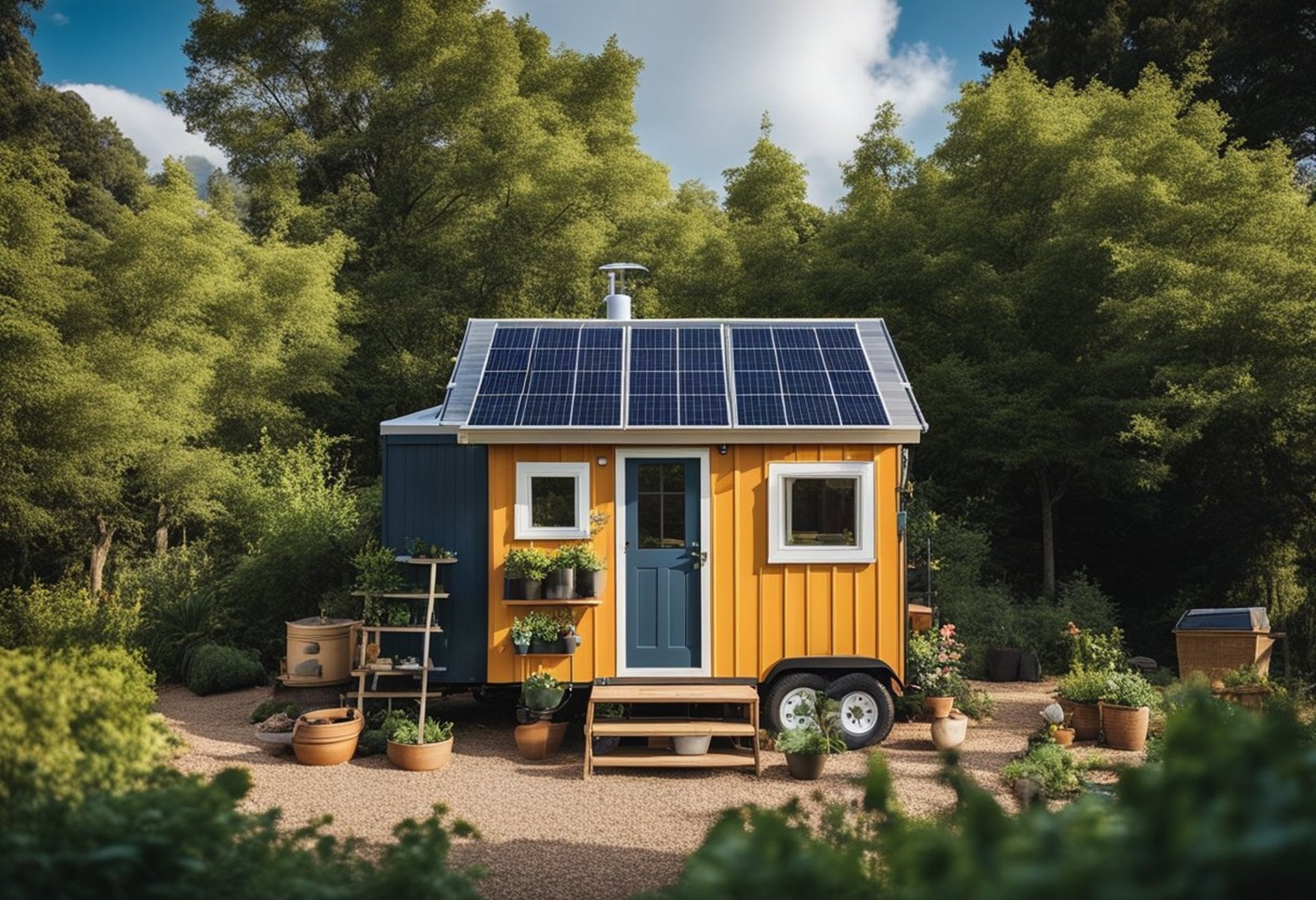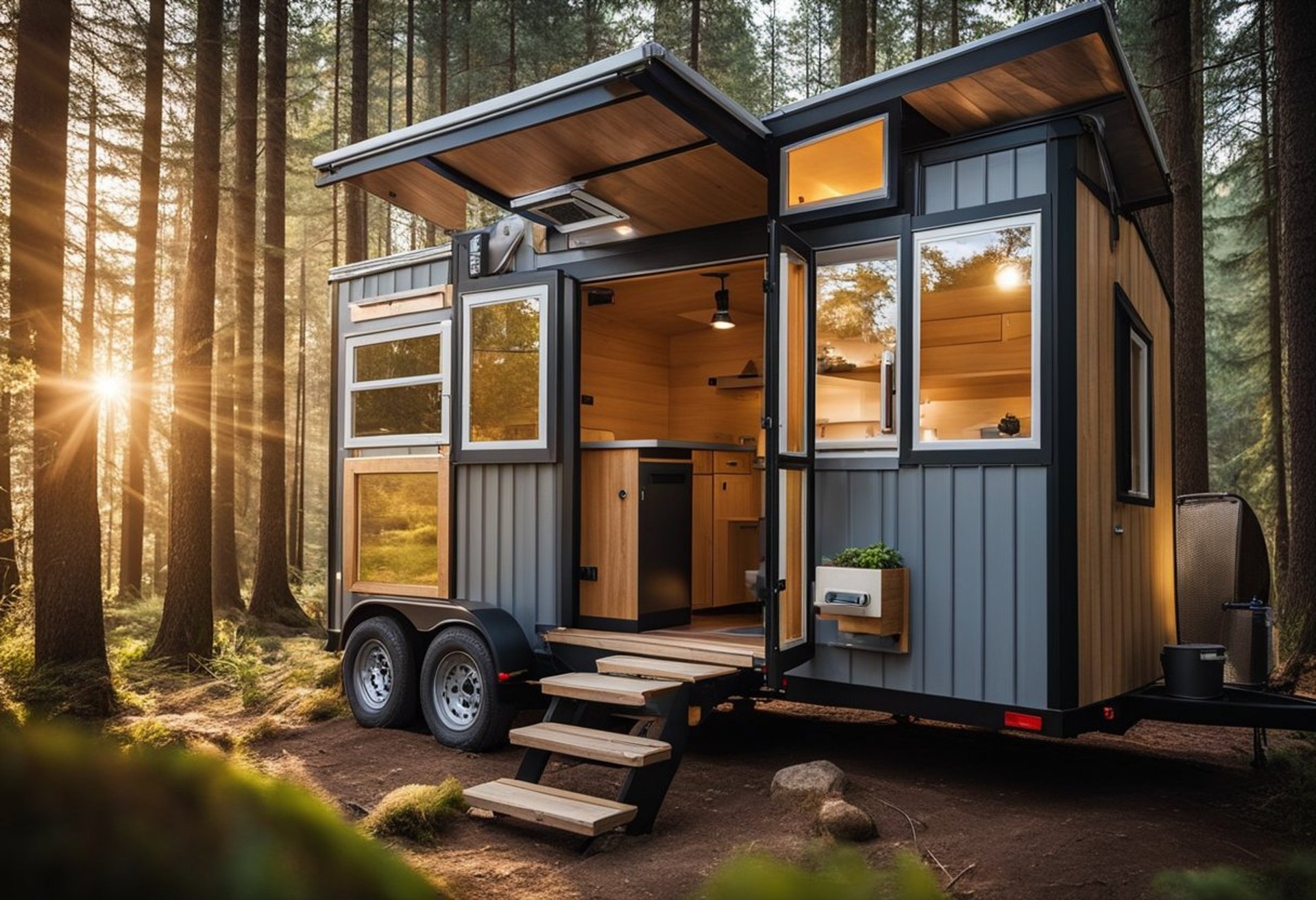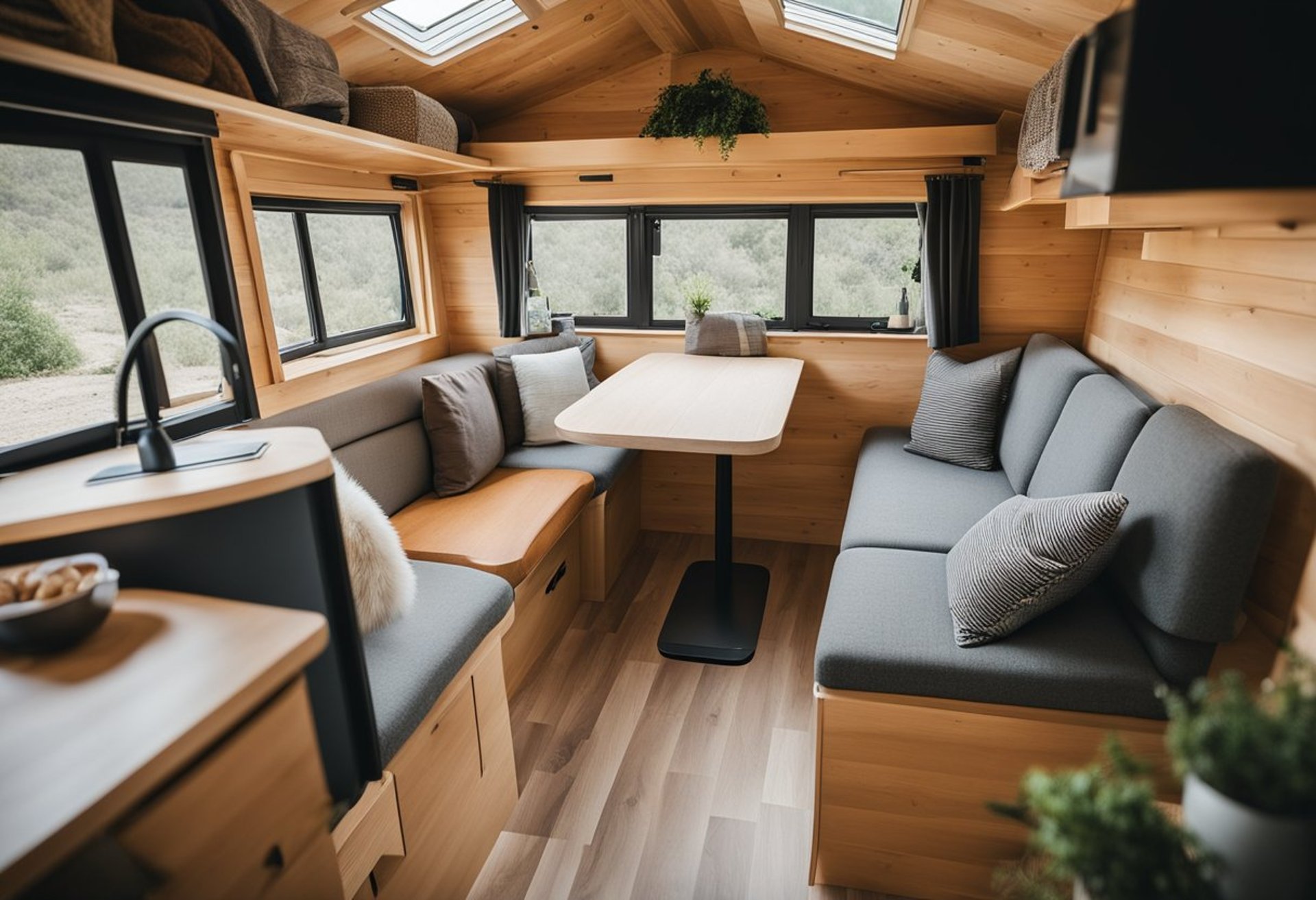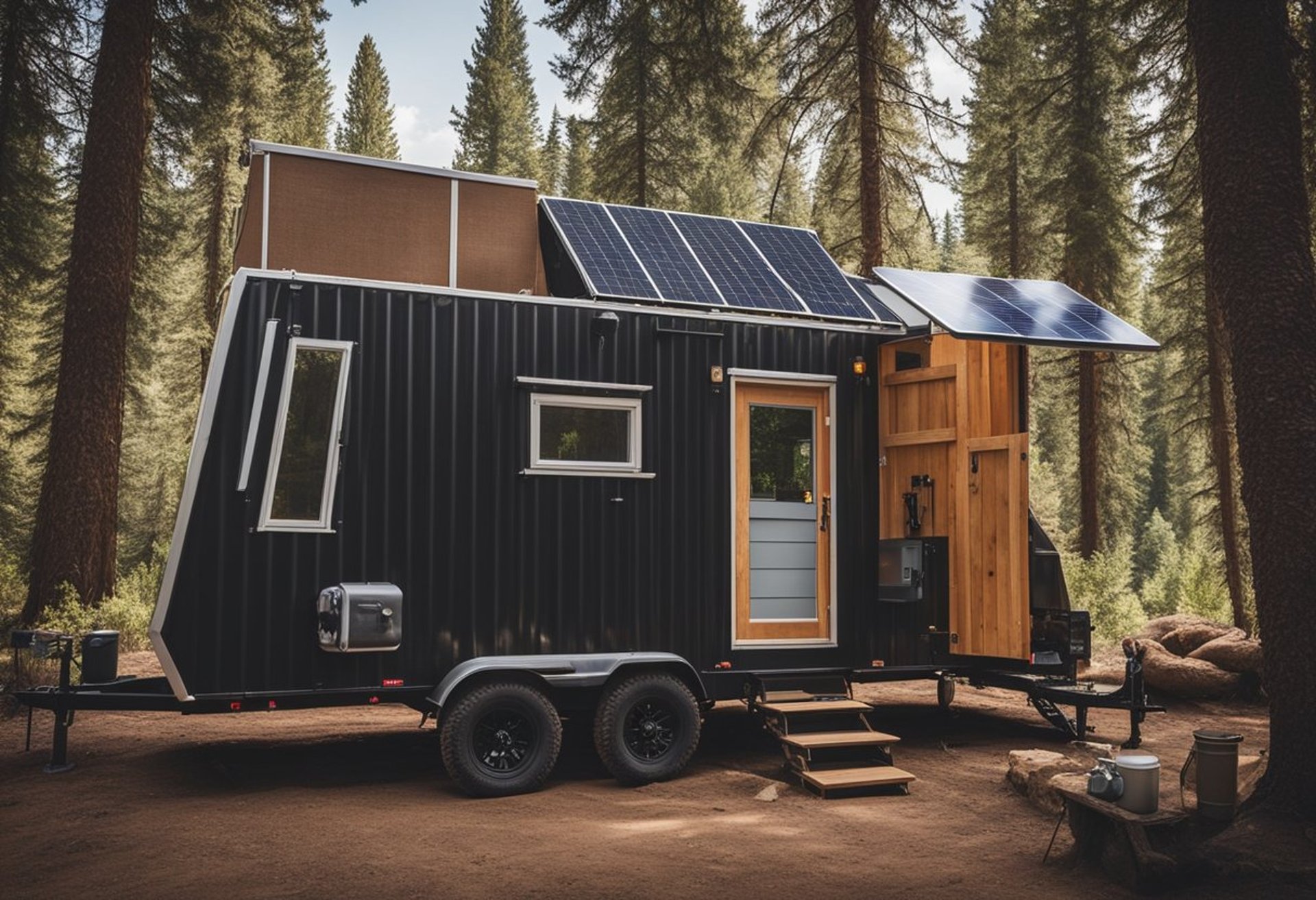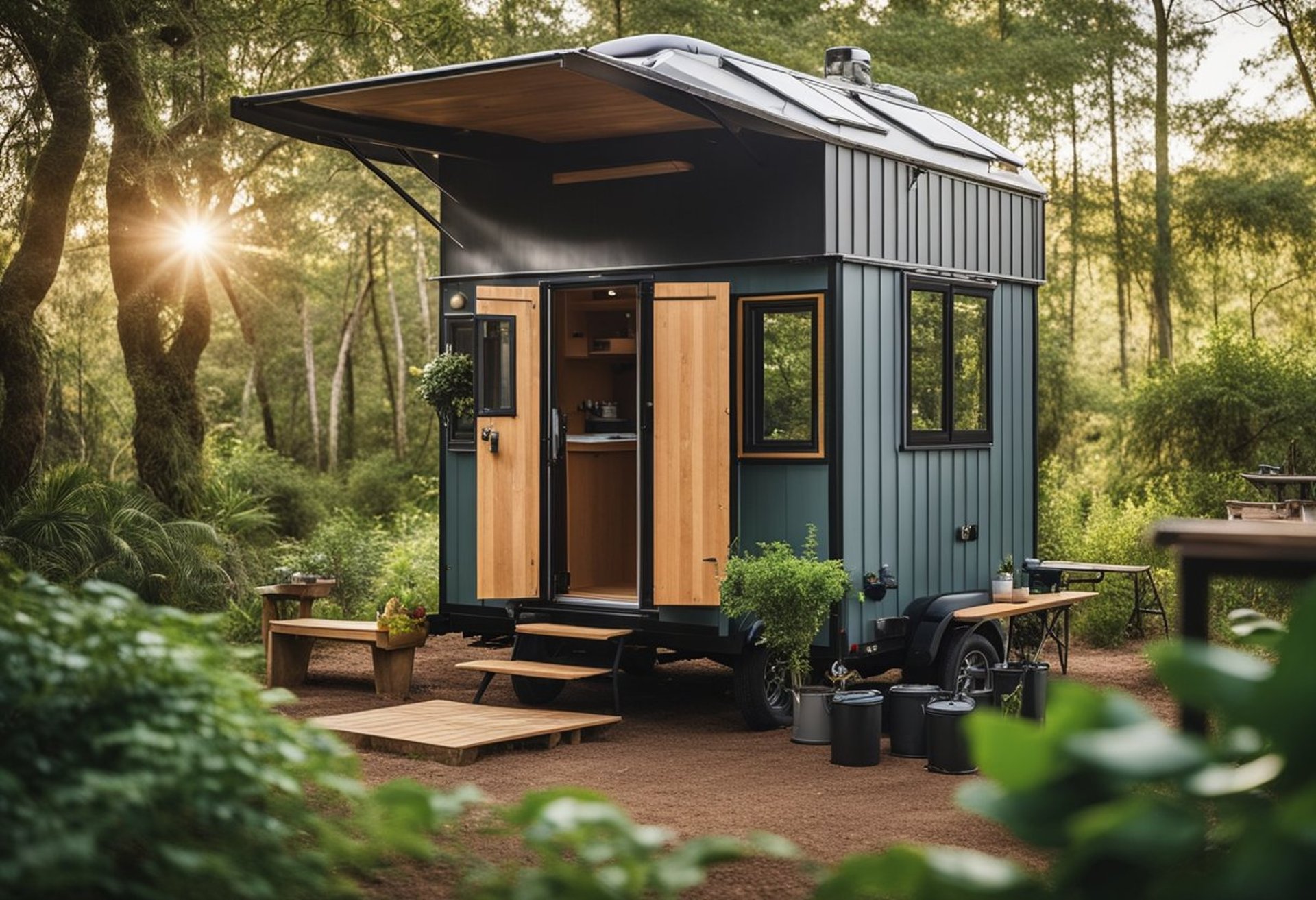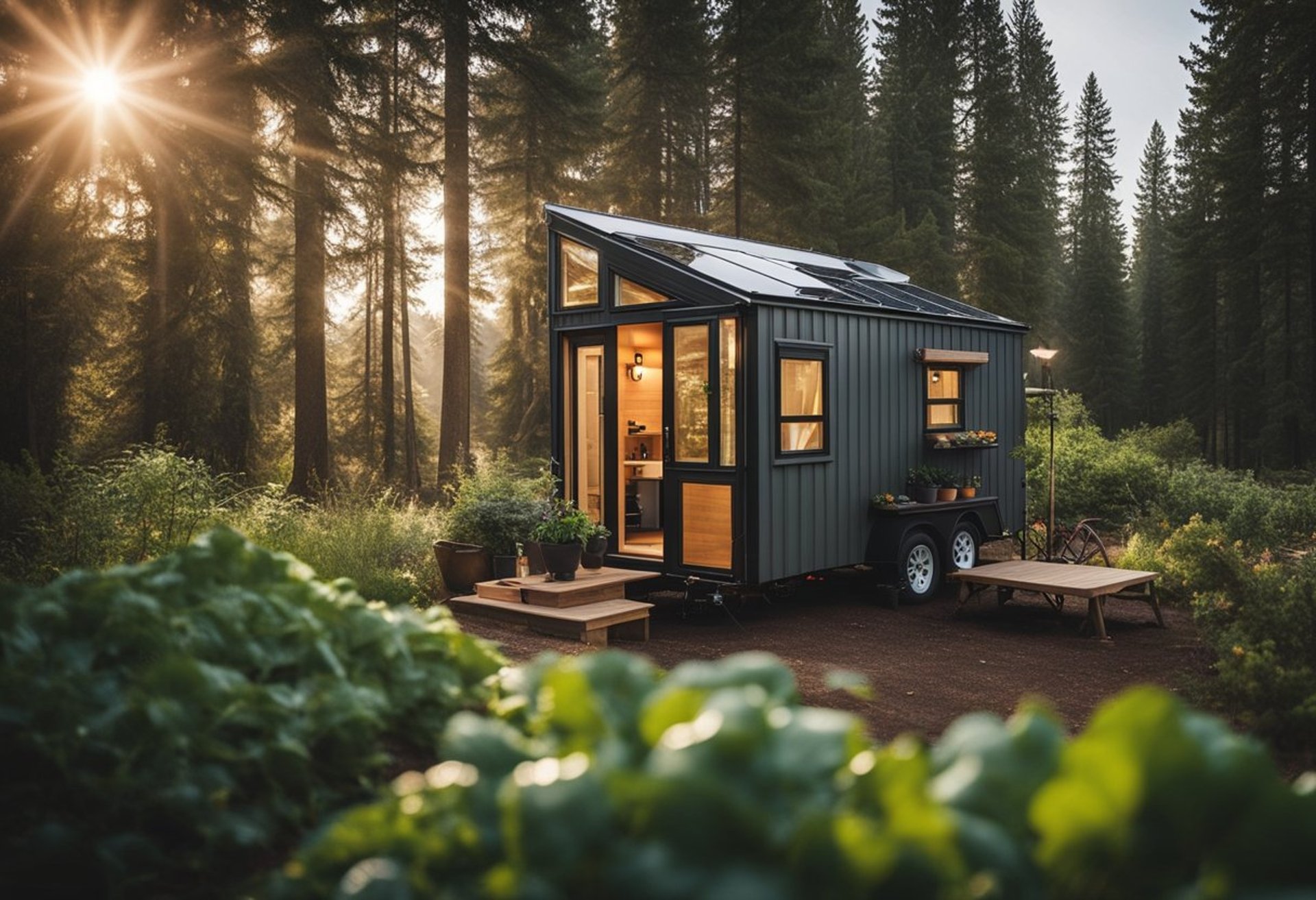12 Tips for Off-Grid Living in Tiny House Campers
Living off-grid in a tiny house is an adventure in self-sufficiency, simplicity, and freedom. It offers a unique way to minimize your environmental impact while embracing a minimalist lifestyle. However, off-grid tiny house living requires careful planning and a willingness to adapt to a more resource-conscious way of life. Here are 12 essential tips to make your off-grid tiny house experience comfortable and rewarding.
12 Tips for Off-Grid Living in a Tiny House
Living off-grid in a tiny house is an adventure in self-sufficiency, simplicity, and freedom. It offers a unique way to minimize your environmental impact while embracing a minimalist lifestyle. However, off-grid tiny house living requires careful planning and a willingness to adapt to a more resource-conscious way of life. Here are 12 essential tips to make your off-grid tiny house experience comfortable and rewarding.
1. Choose the Right Location
The first and most important step is selecting the right location. Ideally, find a site that is accessible but also provides enough seclusion for a quiet, off-grid lifestyle. Make sure the land is suitable for building, has proper sun exposure for solar energy, and is close to natural water sources if possible. Also, check local zoning regulations to ensure your tiny house can legally be placed there.
2. Solar Power for Electricity
Off-grid tiny houses typically rely on solar power for electricity. Install solar panels based on your energy needs, and ensure you have an appropriate battery storage system to provide power during cloudy days and at night. Calculate your power requirements to avoid running out of electricity, and consider energy-efficient appliances to reduce the demand on your solar system.
3. Install a Wood Stove for Heating
Heating a small space efficiently is important in off-grid living. A wood stove is a popular option because it is renewable, provides consistent warmth, and doesn’t require electricity. Make sure to choose a stove that’s appropriately sized for your tiny house and keep a good supply of firewood on hand.
4. Use Propane for Cooking
Propane is an excellent solution for off-grid cooking because it’s easy to store, efficient, and widely available. Use a propane stove or range to prepare meals without relying on electricity. A propane-powered fridge is also an option, providing a reliable way to keep food fresh when solar energy may be limited.
5. Manage Water Supply Wisely
Water is crucial for off-grid living. Install a rainwater harvesting system to collect water from the roof of your tiny house. Store this water in tanks and use filters or a purification system to make it safe for consumption. In areas with little rainfall, you may need to arrange for water delivery or tap into a nearby natural source. Conserving water is essential—use low-flow faucets, showerheads, and practice mindful water usage.
6. Opt for a Composting Toilet
A composting toilet is the ideal choice for off-grid tiny house living. It doesn’t require plumbing, reduces water use, and turns waste into compostable material. Composting toilets are simple to use, eco-friendly, and allow you to live independently without relying on septic systems.
7. Maximize Insulation and Ventilation
Proper insulation is key to making your tiny house comfortable throughout the year. Use natural insulation materials like wool or cork to keep your home warm in winter and cool in summer. Good ventilation is equally important to maintain indoor air quality. Install windows that allow for cross-ventilation, and use a ceiling fan to help circulate air.
8. Get Creative with Storage Solutions
Space is limited in a tiny house, so effective storage solutions are vital. Use multi-functional furniture, like beds with storage underneath or foldable tables, to maximize your space. Vertical storage, hooks, and shelves will help keep your living area organized and clutter-free.
9. Grow a Small Garden
Growing your own food is a fulfilling part of off-grid living. Use raised garden beds or container gardening to grow vegetables, herbs, and fruits. Even with limited space, you can grow enough food to supplement your diet, while also reducing your reliance on grocery stores.
10. Use Greywater for Irrigation
Off-grid living means making the most of every resource, and greywater is no exception. Collect water from sinks and showers, filter it, and use it to irrigate your garden. This not only helps conserve water but also supports a more sustainable lifestyle by reducing water waste.
11. Embrace Minimalism
Living in a tiny house off the grid requires embracing minimalism. With limited space and resources, it’s essential to keep only what you truly need. Focus on quality over quantity and choose items that serve multiple purposes. Living minimally not only helps reduce clutter but also encourages you to make intentional choices about what you bring into your home.
12. Be Prepared to Adapt
Off-grid living comes with its own set of challenges—weather, resource availability, and unexpected repairs will require you to adapt constantly. Flexibility is key to thriving in an off-grid tiny house. Learn basic DIY skills, prepare for power or water shortages, and maintain a positive, adaptable mindset.
---
Off-grid living in a tiny house is a rewarding and sustainable lifestyle that allows you to connect with nature while minimizing your impact on the planet. By carefully managing energy, water, and other resources, you can create a comfortable off-grid home that suits your needs. With proper planning, a focus on efficiency, and a willingness to adapt, your tiny house can become the perfect off-grid retreat, offering simplicity, freedom, and a deeper connection to the natural world.

